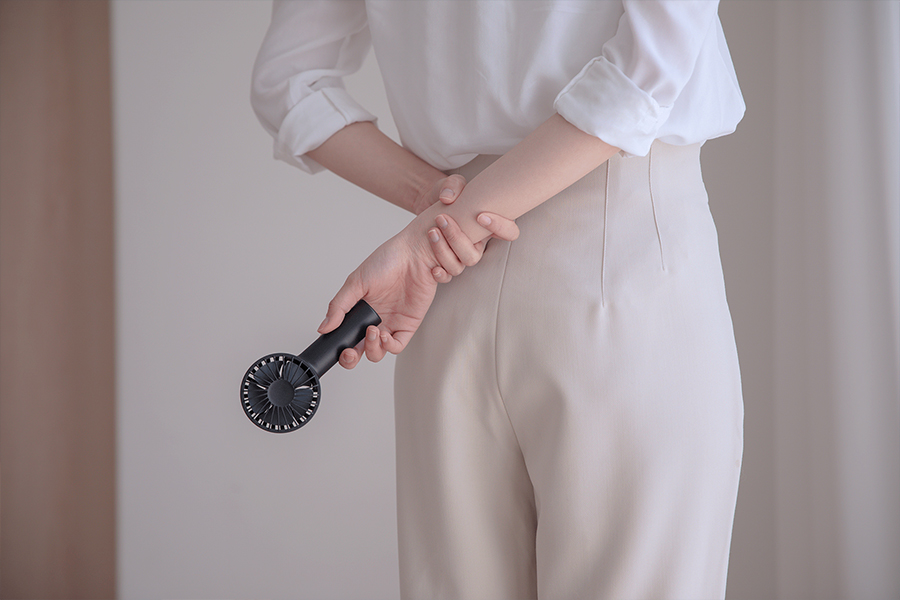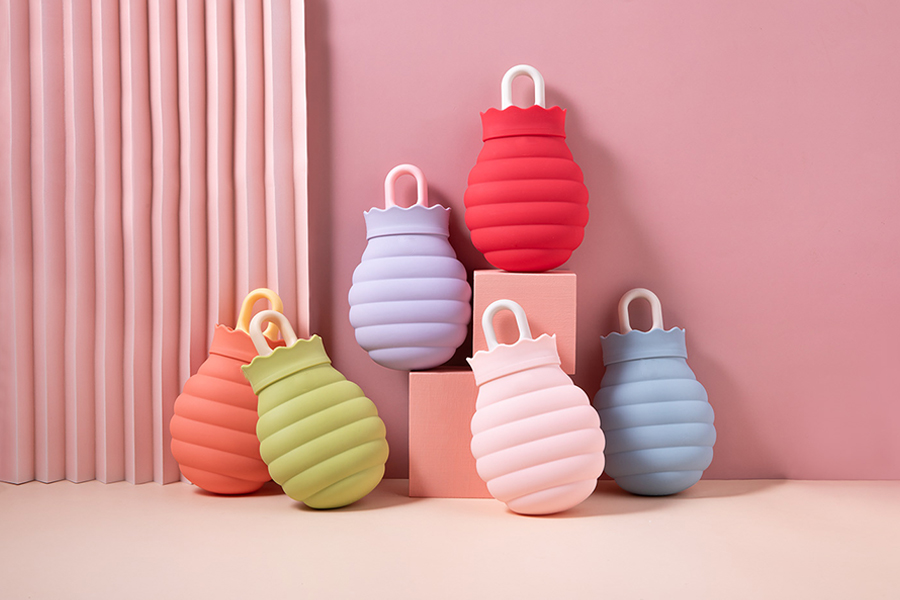The familiar filling PVC hot water bag continues to maintain a stable position in the market for personal warmth and therapeutic products. This traditional item, known for its simple design and reliable function, involves a straightforward process where users fill the bag with hot water through its opening, securing it with a stopper for use. The enduring appeal of the filling PVC hot water bag lies in its direct approach to providing heat therapy without complex mechanisms or electrical components.
Manufacturing processes for the filling PVC hot water bag focus on material durability and user safety. Production facilities utilize specialized polyvinyl chloride compounds formulated to withstand repeated filling with hot water while maintaining flexibility and resistance to wear. The manufacturing standards for a quality filling PVC hot water bag include rigorous testing for leak prevention and material integrity under temperature variations. These production protocols help ensure that each filling PVC hot water bag meets consistent performance expectations before reaching consumers.
In healthcare environments, the filling PVC hot water bag serves as a fundamental tool for managing discomfort. Medical professionals often recommend its use for applying moist heat to affected areas, helping to alleviate muscle tension and promote circulation. The straightforward operation of the filling PVC hot water bag makes it particularly suitable for clinical settings and home care alike. Its non-invasive nature and drug-free approach to comfort contribute to its continued relevance in therapeutic practices across different age groups.
The consumer market for the filling PVC hot water bag demonstrates consistent engagement, particularly in regions experiencing cold seasons. Households keep these items available for addressing various needs, from providing warmth during chilly nights to offering comfort for occasional aches. The process of preparing a filling PVC hot water bag—carefully pouring hot water and securely fastening the cap—has remained largely unchanged, representing a familiar ritual for many users. This consistency in use contributes to the product's enduring presence in homes.
Product variations within the filling PVC hot water bag category typically involve differences in capacity, exterior texture, and stopper design. Manufacturers offer sizes ranging from small personal versions to larger bags suitable for broader application. Some products feature soft fabric covers that enhance comfort during direct skin contact, while others maintain the standard PVC exterior. The closure mechanisms on a filling PVC hot water bag have evolved to include more secure threading and improved sealing materials, addressing common concerns about potential leakage.
Environmental considerations are influencing the production of filling PVC hot water bags, with manufacturers exploring more sustainable material options and production methods. Some producers are examining alternative compounds that maintain the necessary flexibility and heat resistance while offering improved environmental profiles. These developments reflect the industry's response to growing consumer awareness about product sustainability while preserving the functional benefits that make the filling PVC hot water bag a practical choice.
The future outlook for the filling PVC hot water bag market suggests continued stability. While new heating technologies emerge, the fundamental benefits of this traditional product—simplicity, reliability, and cost-effectiveness—maintain its relevance. The absence of electrical components eliminates concerns about power availability or electromagnetic exposure, making the filling PVC hot water bag a universally applicable solution. As manufacturing innovations potentially enhance material safety and environmental compatibility, this classic product appears well-positioned to maintain its place in the market for personal care and comfort items.



 Español
Español 한국어
한국어 عربى
عربى Français
Français-2.jpg)
.jpg)
.jpg)

-2.jpg)
-2.jpg)
-2.jpg)
-1.jpg)








